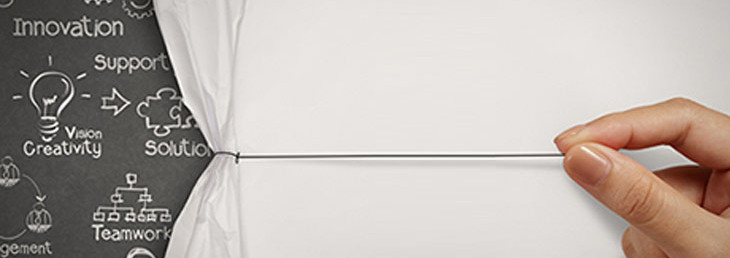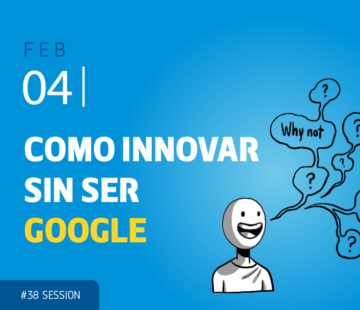Philips on Open Innovation

Philips is known by being among the firsts international big corporations officially embracing the concept of Open Innovation. So there is a good reason to pay special attention to any content regarding their experience in the field. Innovation Management published recently an interesting interview with Steve Vaassen, Open Innovation Leader at Philips Consumer Lifestyle, from which we highlighted the insights we considered most relevant.
On Open Innovation as innovation strategy: “Over the years I have become a strong believer in working with both short-term and long-term partners, outside the company. When Philips made the move to enter the Skin Care market, it wouldn’t have been possible on a short term perspective without Open Innovation; we would have needed to build the knowledge and competencies entirely from zero”.
On duties of Open Innovation team: “We have developed and activated the mentality of Open Innovation. We manage the toolbox (contracts, new methods) as well as attending conferences and fairs about innovation, connection with the community, maintaining connections to the global community of Open Innovation actors and leaders, making sure they are using the latest methods and intermediaries, etc.) and measuring performance. We coach the innovation teams locally, and challenge them on why we are developing products internally and if we shouldn’t look outside to find better components, technology, ideas, or intellectual property.”
On Philips internal changes since pushing Open Innovation: “We are moving away from primarily technology enablers for the success of a new product, towards working with lead users/consumers to identify new opportunities, new trends or needs from a consumer angle. We are also encouraging our technology scouts to communicate more to each other. We are sharing more and more with other teams internally.”
On partners for Open Innovation: “For sure I prefer business partners. Our innovation needs are close to consumers, relatively close to markets – as close as possible in fact. Universities have much longer timeline for innovation, much longer time-to-market. Co-developing a brand new technology with no IP or no demonstrated opportunities of industrialization for Philips, taking into consideration the risk and the investment, is mostly not what our sector is looking for. On the other hand, companies – business partners – especially with supply capabilities are the kinds of partners Consumer Lifestyle is interested in co-developing with”.
On challenges of Open Innovation: “One of the key things we need to improve is to establish long-term win-win deals so both parties benefit from the partnership, ensuring that all parties remain satisfied during the period of collaboration. Once the contractual part is arranged, the biggest challenge is that the operational teams need to actually collaborate with an external partner and are not very much experienced in this. Innovation teams do typically not get a lot of experience in doing such things”.
“Other challenge is on the definition of Open Innovation. We have seen too many activities earmarked as Open Innovation, diluting the message we want to bring. People believe and say that they are ‘already doing Open Innovation’; they don’t need to look further outside. For me we need to be very sharp with the definition of Open Innovation to continuously drive the right mindset”.
For Philips, Open Innovation is Vital to Stay Ahead of Competition
